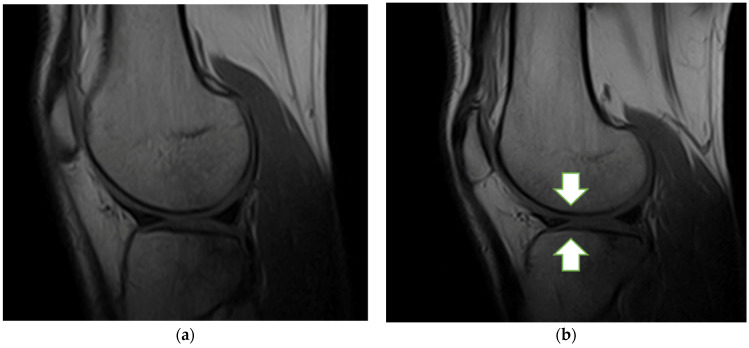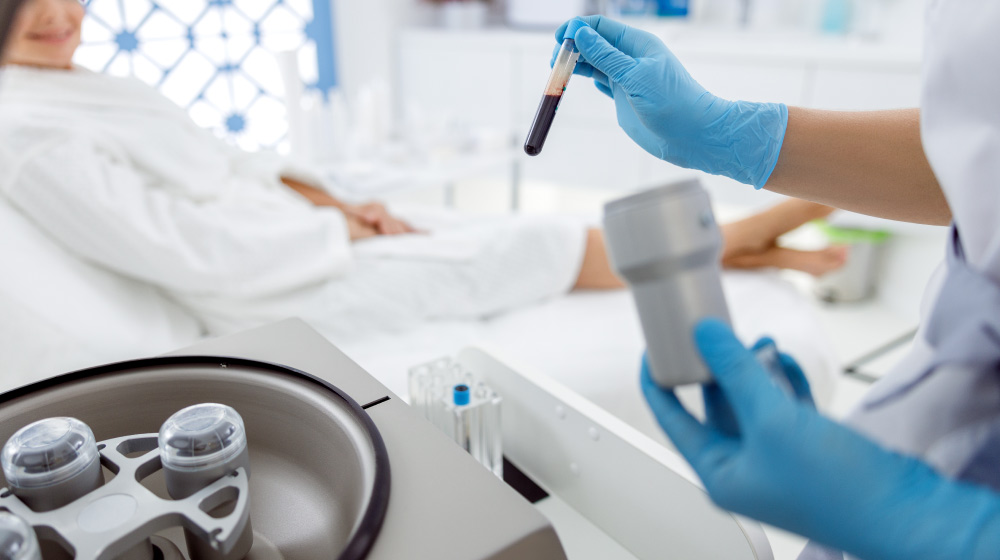Platelet-rich plasma (PRP) therapy is emerging as an effective treatment for wounds, pain, and inflammation. This approach harnesses the body’s natural healing potential, leveraging the blood with high platelet concentration to promote tissue regeneration.
Read on to discover the incredible benefits of PRP therapy and how it provides hope and relief for many individuals.
What is Platelet-rich Plasma? Exploring the Incredible Benefits of PRP Therapy
What is Platelet-rich Plasma (PRP)?
Platelet-rich plasma (also referred to as PRP) is a blood product derived from the patient’s blood. It is enriched with a higher concentration of platelets and growth factors (2-7 times more) than what is typically found in regular blood.
Platelets are vital in the body’s natural healing processes, aiding physiological clot formation to stop bleeding and releasing growth factors that stimulate tissue repair.
With its remarkable ability to increase cell healing, PRP is one of the most compelling findings for revitalizing damaged tissues and providing relief.
How Does PRP Therapy Work?
PRP therapy works on the principle of utilizing the body’s intrinsic ability to heal itself. The process begins with a small sample of the patient’s blood extracted (about 30ml).
This blood sample is then placed in a centrifuge, a device that spins the blood to separate its components based on density. PRP is extracted and isolated through this centrifugation process, producing a potent serum full of concentrated platelets and growth factors.
Once the PRP is prepared, it is delivered through a PRP injection. When the PRP is injected into the site of injury or inflammation, its growth factors get to work immediately. These growth factors escalate the body’s natural healing process and encourage increased cell proliferation, crucial for repairing damaged tissues. Moreover, the growth factors stimulate the formation of new blood vessels, a process known as angiogenesis, ensuring that the healing site receives an ample supply of oxygen and nutrients.
This combination of effects creates an optimal environment for tissue regeneration, reducing pain, inflammation, and an accelerated healing process.
What Are PRP Therapy Benefits?

PRP therapy benefits are remarkable and hold immense promise for patients across various medical scenarios. Here’s what it has to offer:
- Natural Healing: PRP therapy taps into the body’s healing mechanisms, utilizing enriched blood products to enhance recovery naturally.
- Accelerated Healing: Through growth factors and increased cell proliferation, PRP therapy expedites the healing process, rejuvenating damaged tissues more swiftly.
- Angiogenesis Activation: PRP’s growth factors stimulate the formation of new blood vessels, ensuring an optimal supply of oxygen and nutrients to the healing site.
- Reduced Pain and Inflammation: PRP therapy effectively alleviates pain and inflammation, relieving individuals suffering from bone and joint issues.
- Diverse Medical Applications: PRP therapy addresses various concerns, from chronic wounds to orthopedic injuries, catering to various medical scenarios.
- Enhanced Collagen Production: PRP therapy boosts collagen production, restoring skin, tendons, and ligaments, ultimately improving both function and aesthetics.
- Non-Surgical Option: For individuals seeking alternatives to invasive procedures, PRP therapy offers a non-surgical route to healing, reducing downtime and risks.
- Minimized Recovery Time: Thanks to its potent effects, PRP therapy minimizes recovery periods, allowing individuals to resume their regular activities sooner.
What Are PRP Injection Side Effects?
Since PRP is derived from the patient’s blood, the risk of allergic reactions or adverse effects is notably low. The entire process adheres to rigorous standards of sterility, ensuring that the treatment is carried out with utmost care. Consequently, the probability of experiencing any significant side effects is remarkably low.
This inherent safety factor makes PRP therapy an appealing choice for individuals seeking treatment without the burden of worry.
Does PRP Injection Hurt?
The fear of pain during medical procedures often discourages individuals from seeking treatments. However, PRP therapy eliminates this notion with its painless administration. Patients typically report minimal discomfort at the injection site, akin to a slight pinprick. This fleeting sensation is a small trade-off for the potential benefits that PRP therapy brings.
Moreover, medical practitioners often use numbing creams or local anesthesia before the injection to ensure the experience is as pain-free as possible.
How Long is PRP Injection Recovery Time?
Unlike invasive treatments or surgical procedures, PRP injections require no downtime. Individuals can resume their regular activities right after the session. This advantage allows patients to embrace the healing process without the burden of recovery periods.
However, your doctor might advise you to rest the injured area. This advice relates less to the PRP injections and more to the initial injury being treated.
How Much Does a PRP Injection Cost?
PRP injection cost is an essential consideration for those seeking this therapy. Pricing can vary by location, which healthcare provider you choose, and treatment purposes, and often depends on the number of sessions needed.
On average, a single PRP treatment can cost around $900. Providers may also offer packages, such as 3 treatments for approximately $2,500.
These costs are generally paid out of pocket, prompting individuals to weigh the potential benefits against their budget.
Is PRP Injection Covered by Insurance?
Insurance coverage for PRP therapy remains limited. While some insurance plans might cover PRP injections for specific medical conditions, it is uncommon.
The out-of-pocket nature of PRP therapy means individuals must often cover the costs. Consult both the healthcare and insurance providers to clarify any potential coverage.
PRP Injection Before and After
Knee Osteoarthritis

A 2022 study published in the Journal of Clinical Medicine was conducted to assess the effectiveness and safety of PRP injections in treating knee osteoarthritis (KOA).
The study involved 153 patients who received 3 consecutive PRP injections (5ml 5% concentrate PRP) and were monitored for 6 months.
The patients showed significant improvements in pain reduction, functional scores, and quality of life, as measured by the Visual Analog Scale (VAS), Knee Society score (KSS), and Western Ontario and McMaster University Osteoarthritis Index (WOMAC).
Although MRI results indicated non-statistically significant cartilage thickness improvements, both tibial and femoral plates showed promise. No radiographic changes were observed.
The study concluded that PRP injections offer a viable treatment option for pain reduction and enhancing functional scores in knee osteoarthritis patients.

Muscle, Tendon, and Ligament Injuries
A 2019 review published in the Journal of Blood Transfusion examined the effectiveness of PRP therapy in treating sports-related muscle, tendon, and ligament injuries.
For acute muscle injuries, while some studies indicated PRP injections might lead to an earlier return to sports for grade 1 or 2 injuries, the overall evidence was of low quality and insufficient to support PRP therapy in acute muscle injuries conclusively.
For tendon and ligament injuries, the review analyzed 17 studies. Though 8 studies showed statistical differences favoring PRP therapy in pain and function outcome measures, these differences were small and often not clinically significant.
Therefore, in both muscle and tendon/ligament injuries, the available evidence was deemed of low quality, preventing the endorsement of PRP therapy as a general treatment.
References
Cruciani M et al. (2019). Platelet-rich Plasma for Sports-related Muscle, Tendon and Ligament Injuries: An Umbrella Review. Journal of Blood Transfusion.
Moretti L et al. (2022). Platelet Rich Plasma Injections for Knee Osteoarthritis Treatment: A Prospective Clinical Study. Journal of Clinical Medicine.

